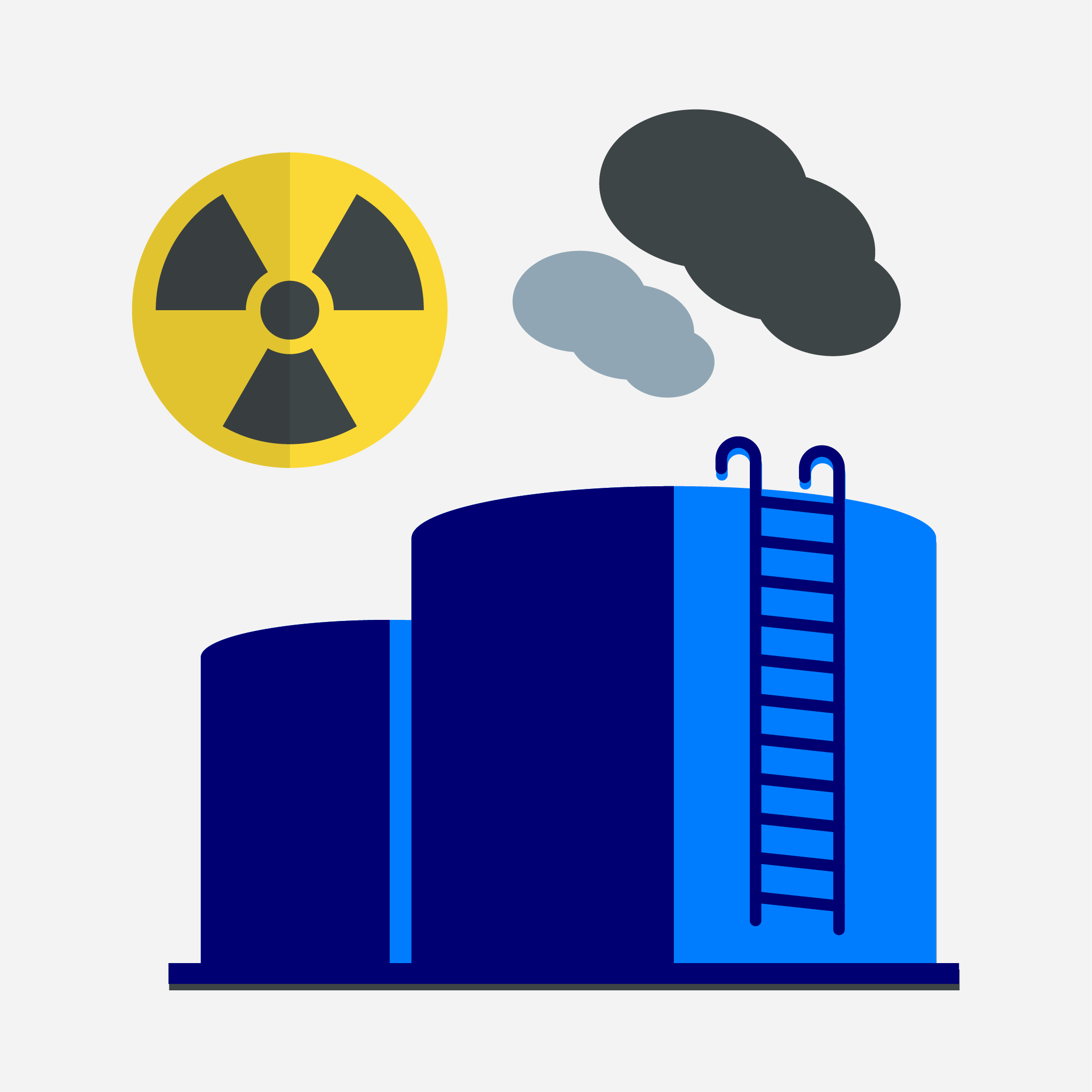Chapter 6: Nuclear Physics
What you need to learn in this chapter

In this chapter on Nuclear Physics, we will be learning about Radioactive Decay and Nuclear Energy. Firstly, we will explore Radioactive Decay, which involves the breakdown of unstable atomic nuclei. We will learn about the different types of decay, such as α derivatives, β derivatives, and γ derivatives, and understand how to write their corresponding equations. We will also study the concept of half-life, which represents the time taken for half of the radioactive substance to decay.
Moving on, we will delve into Nuclear Energy, where we will discuss nuclear reactions. We will focus on two types of reactions: nuclear fission and nuclear fusion. We will understand the process of nuclear fission, where a heavy nucleus splits into two smaller nuclei, releasing a large amount of energy. Additionally, we will explore the relationship between the energy released during a nuclear reaction and the mass defect, which is described by the famous equation E = mc2. This equation shows that a small amount of mass can be converted into a large amount of energy.
Topics in this chapter
Live Tuition Recordings



Challenge your friend in timed Quiz battle
Learn more »